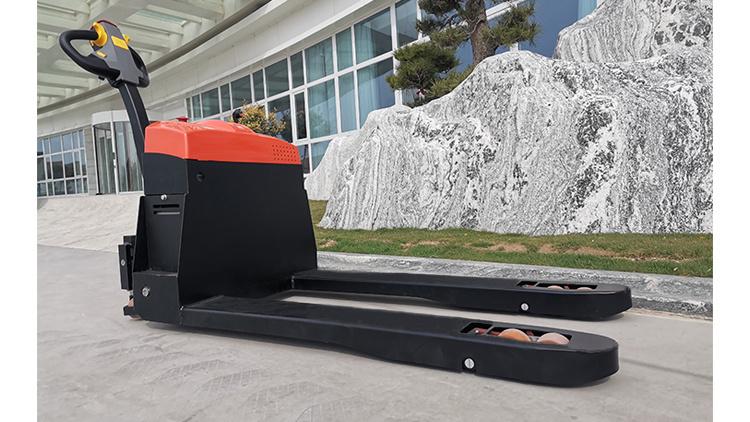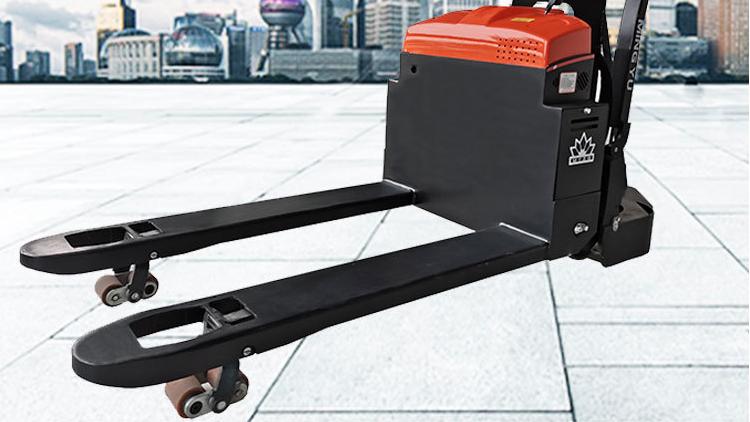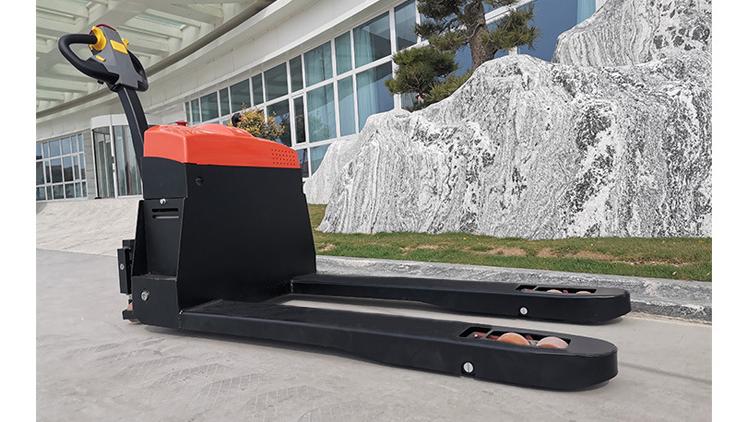How to Prevent Pallet Stackers from Damaging Plastic Pallets
1. Introduction
Pallet stackers and plastic pallets are essential components in modern warehousing, logistics, and manufacturing industries. Pallet stackers facilitate the efficient lifting and stacking of goods, while plastic pallets offer durable, reusable platforms that resist moisture and contamination better than wood. However, plastic pallets are more susceptible to certain types of damage, especially when handled improperly by pallet stackers.
Preventing damage to plastic pallets is critical to maintaining warehouse safety, reducing replacement costs, and improving operational efficiency. This article explores the causes of plastic pallet damage by pallet stackers and offers comprehensive strategies to minimize these risks.
2. Understanding the Vulnerabilities of Plastic Pallets
Unlike wooden pallets, plastic pallets have different structural properties. While they resist rot and splintering, their edges and corners can crack or warp under improper handling. Damage types commonly caused by pallet stackers include:
Cracks and fractures along edges and corners
Warping due to uneven pressure
Surface punctures or scratches from fork contact
Knowing these vulnerabilities helps inform better handling practices and equipment choices.
3. Common Causes of Plastic Pallet Damage by Stackers
Several factors contribute to plastic pallet damage during stacking operations:
Incorrect fork placement: Driving forks too far under or off-center causes stress on pallets.
Overloading: Exceeding the pallet’s load capacity leads to bending and cracking.
Equipment mismatch: Using stackers with forks incompatible with pallet dimensions can cause damage.
Aggressive operation: Sudden movements, sharp turns, or fast lifting/lowering increase impact forces.
Poor-quality pallets: Inferior plastic materials or design may not withstand repeated stacking.
4. Best Practices for Pallet Stacker Operation
Operators play a crucial role in preventing pallet damage:
Receive thorough training on correct pallet handling techniques.
Always center forks properly when entering pallets and avoid sharp fork angles.
Lift and lower loads smoothly to reduce shock.
Control speed, especially in tight spaces.
Maintain clear visibility and use caution when stacking or unstacking.
5. Choosing the Right Pallet Stacker for Plastic Pallets
Selecting equipment designed or adjustable for plastic pallet handling reduces damage risk:
Use stackers with adjustable fork widths and rounded fork tips to reduce edge pressure.
Electric stackers often provide smoother, more controlled movements compared to manual types.
Ensure fork size matches pallet dimensions and design.
Consider models with gentle acceleration and deceleration features.
6. Selecting the Right Plastic Pallets for Stacking Operations
Choosing durable plastic pallets designed for stacker use also prevents damage:
Opt for pallets made from high-quality materials with reinforced edges.
Consider static and dynamic load capacities relative to your application.
Pallets with anti-slip surfaces and impact-resistant features are preferable.
Confirm that the pallet design is compatible with the type of stacker used.
7. Maintenance and Inspection Routines
Routine checks extend the life of both pallets and stackers:
Inspect plastic pallets regularly for cracks, warping, or other damage. Replace damaged pallets promptly.
Maintain stackers by checking fork alignment, hydraulic systems, brakes, and tires.
Keep warehouse floors clean, level, and free from debris to reduce pallet stress.
8. Additional Protective Solutions
Implement extra protective measures when needed:
Install fork entry guides or pallet bumpers to protect pallet edges.
Use load distribution pads or corner protectors for delicate pallets or goods.
Consider automated or semi-automated stackers for sensitive or high-volume applications.
9. Cost-Benefit Analysis: Prevention vs. Replacement
While preventive measures may require upfront investment, they save money long-term by:
Extending pallet lifespan and reducing replacement frequency.
Enhancing workplace safety by minimizing pallet failures.
Improving operational efficiency by reducing downtime.
10. Conclusion
Preventing pallet stackers from damaging plastic pallets involves a combination of proper operator training, appropriate equipment selection, quality pallet choice, and regular maintenance. A holistic approach protects your investment, boosts productivity, and promotes safety in your warehouse or facility.
Post time:Jul.10.2025



